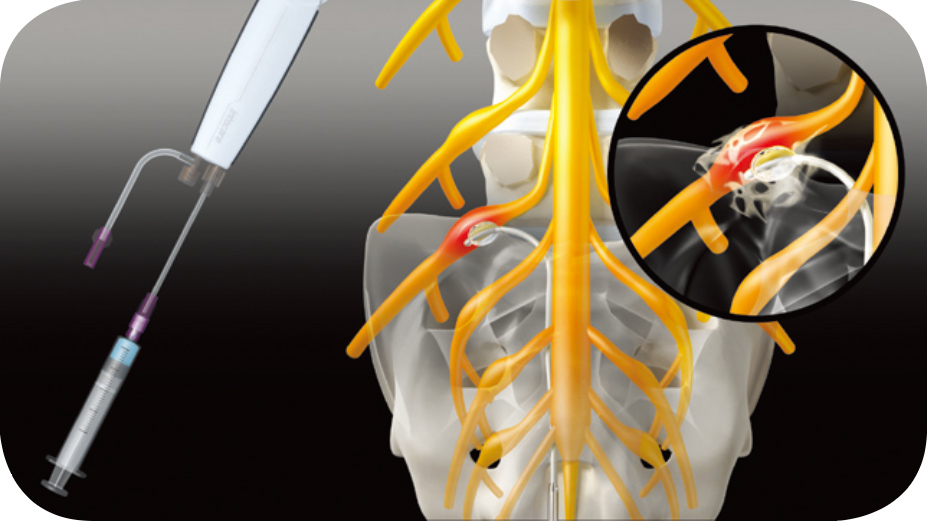Target treatment to the lesion
Epidural brosis is the pathological morphologies that can be found in the epidural space of patients affected from failed back surgery syndrome (FBSS), stenosis and other chronic painful pathologies, usually grouped in the class of low back pain (LBP) syndrome.
Accordingly processed epidural adhesiolysis affords patients a reduction in pain and neurologic symptoms without long recovery period. INTO-Balloon manufactured by INTOCARE reinforces mechanical adhesiolysis by inflating balloon, and effectively injects medication.








